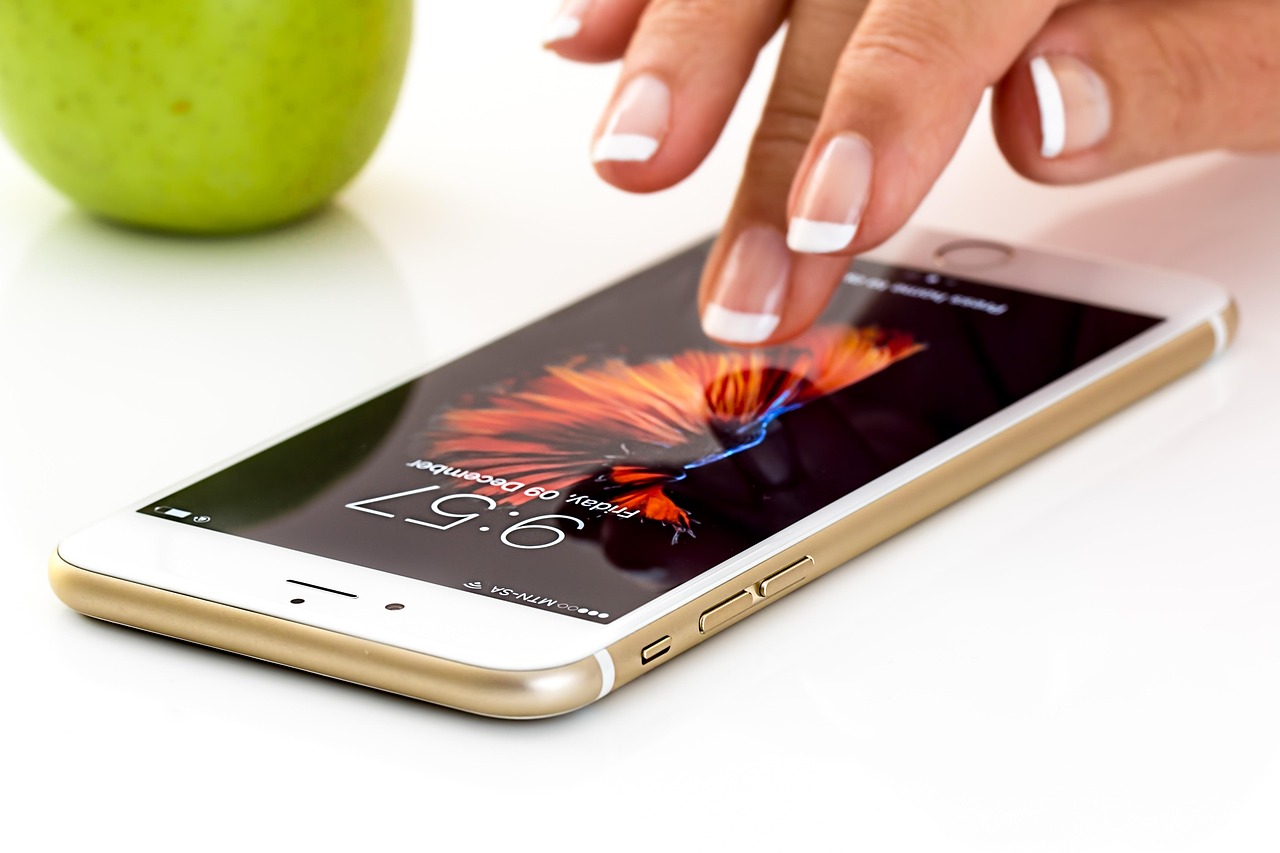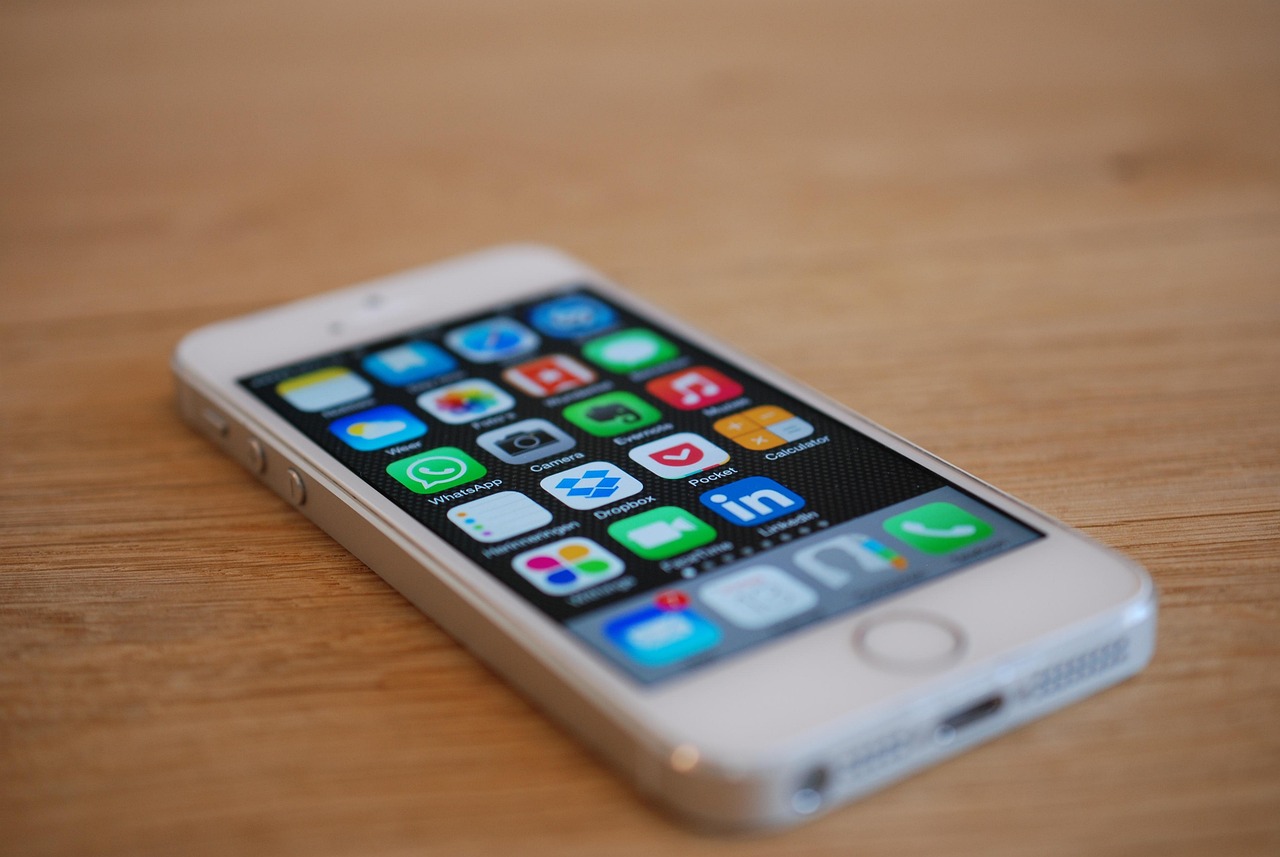Understanding Pixb: A Comprehensive Analysis of the Teen Device Lock

In today’s digital age, managing screen time and ensuring the safety of young users online has become a pressing concern for both parents and educators worldwide. The emergence of device management tools like Pixb’s Teen Device Lock offers a sophisticated solution to these challenges, providing a framework for responsible digital engagement among teenagers. This article delves into the functionality, impact, and global context of Pixb’s technology, analyzing its role in the contemporary digital landscape.
Pixb is a device management system designed specifically to help parents regulate their teenagers’ use of digital devices. With the rapid proliferation of smartphones, tablets, and laptops among younger demographics, the necessity for such tools has never been more critical. According to recent studies, approximately 95% of teenagers have access to a smartphone, and 45% report being online almost constantly. These statistics underscore the need for effective management solutions like Pixb.
The core functionality of the Pixb Teen Device Lock is to empower parents with the ability to set specific usage parameters, thereby promoting healthier digital habits. The system offers a wide range of features, including:
- Time Management: Parents can set daily screen time limits and create schedules that restrict access to devices during certain hours, ensuring teenagers maintain a balanced routine between online and offline activities.
- Content Filtering: Pixb provides robust content filtering options, allowing parents to block inappropriate websites and applications. This feature is crucial for safeguarding teenagers from harmful or explicit online content.
- App Blocking: The system enables the blocking of specific applications, reducing distractions from social media platforms or games during study times or family activities.
- Location Tracking: An added layer of security is provided through location tracking features, which can help parents keep track of their teenager’s whereabouts in real-time.
- Usage Reports: Detailed reports offer insights into how devices are used, highlighting patterns that can inform discussions about digital wellness.
Globally, the adoption of device management tools like Pixb is on the rise, driven by increased awareness of the potential negative impacts of excessive screen time. The World Health Organization has highlighted concerns regarding screen time and its association with sedentary behavior, sleep disruption, and mental health issues in adolescents. In response, governments and educational institutions across the globe are integrating digital literacy and device management education into curricula.
In countries such as South Korea and Japan, where technology usage among teenagers is particularly high, there are already established guidelines and policies encouraging the use of parental control tools. Similarly, in the United States and several European nations, there is growing advocacy for digital well-being, with Pixb and similar technologies playing a pivotal role in these initiatives.
Critics, however, argue that while device locks can be effective, they should not replace open communication between parents and teenagers. Experts suggest that these tools should be part of a broader strategy that includes education about responsible digital citizenship and the development of self-regulation skills. Indeed, a balance must be struck between control and trust, ensuring that teenagers learn to navigate the digital world independently and safely.
In conclusion, Pixb’s Teen Device Lock represents a significant advancement in the realm of digital management tools, offering a comprehensive approach to mitigating the risks associated with excessive device usage among teenagers. As technology continues to evolve, so too must our strategies for fostering healthy digital habits. By integrating tools like Pixb within a framework of guidance and open dialogue, parents and educators can better support teenagers in becoming informed and responsible digital citizens.












